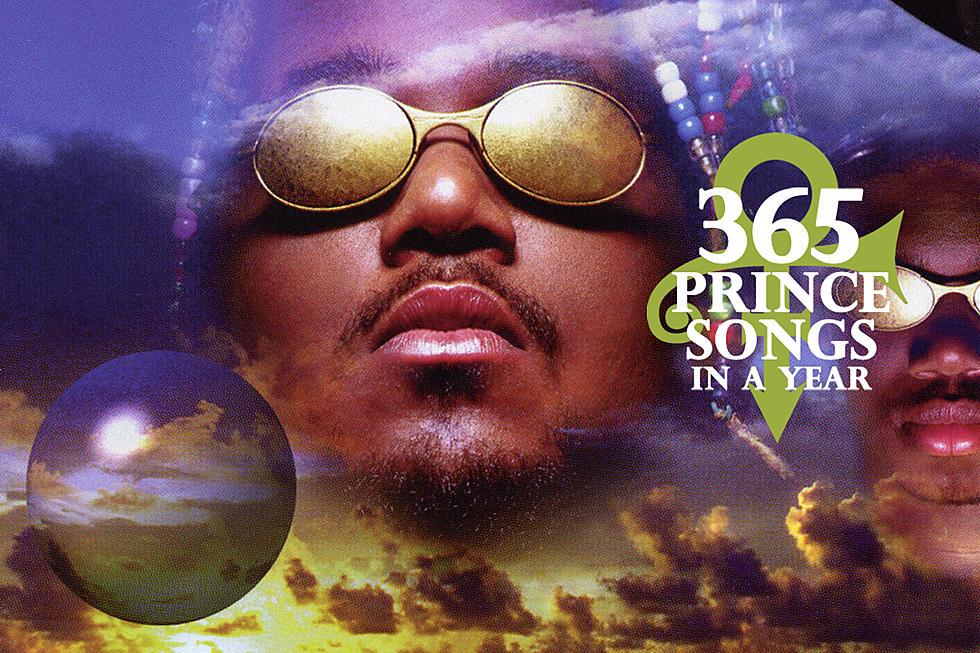35 Years Ago: Tom Tom Club Make Their Debut
Sometimes side projects are an excuse to blow off steam; other times it's to explore sounds not found in your day job band. In the case of the Tom Tom Club, it was a bit of both that added up to huge, and unexpected, success. Bassist Tina Weymouth and drummer Chris Frantz were the rock-steady rhythm section of Talking Heads, but in 1981, the married pair took a shot at their own project, forming Tom Tom Club, which created their unique take on the then-emerging sounds of New York City streets.
Tom Tom Club's debut album merged the sounds of funk, hip hop, pop, soul and rock into a heady brew that was unstoppable. From the opening strut of "Wordy Rappinghood" it was clear this was not a Talking Heads retread. The childlike rapping, the use of typewriter as percussion, the synth accents all ride atop a funk drive. Released as the band's first single, it proved itself a huge hit in dance clubs worldwide.
It was the album's second single, however, that would build the legend of Tom Tom Club. "Genius of Love" has gone on to become a classic of the genre and has been sampled countless times over the years. At its core, it's an infectious pop song, but the groove and production make it a classic. "You might say that was a once-in-a-lifetime experience," Frantz told Rolling Stone in 2013. "That song was a miracle. The way it happened and how it's been used and sampled amazes me. And still sounds fresh." The animated video for the song would also prove to be a big favorite on MTV early on.
The single went Top 40 around the world, including America, and was a chart topper in dance clubs. "It was a song that was pioneering. At the time there was nothing that sounded like it, and frankly, except for the people that have sampled it, there still isn’t," he told Vulture. "Even though we came out of the punk subculture, by the time we were doing Tom Tom Club we were way beyond punk. We were also inspired by Kraftwerk. The song sounds nothing like Kraftwerk, but it has space between the notes that a Kraftwerk song would have. A kind of minimalist approach."
"L'éléphant" shines a light on the guitar work of Adrian Belew while "As Above, So Below" comes straight out of disco and "On, On, On, On" is fresh-baked new wave pop. They touch upon reggae and found sounds with "Booming and Zooming," and a cover of the Drifters' classic "Under the Boardwalk" (originally a cassette-only bonus track) gets stamped with their own special mark while remaining faithful to the original.
Though their sonic approach was unique, they did have some spiritual tie to the upbeat, party style of the B-52's, if not in sonic terrain, in attitude. "Tom Tom Club were all inspired by the B-52s," Tina Weymouth told Music Radar in 2012. "We met them in 1978 in Georgia at an after-party, after Talking Heads played with Elvis Costello opening. We thought they were great. We told them, 'Come on up, we'll get you a gig at CBGBs. We'll put in a good word with Hilly Kristal.' Tom Tom Club were always inspired by dance music, without slavishly imitating."
The debut of Tom Tom Club rose to No. 23 on the Billboard chart and sold over a half a million copies, roughly the equivalent of where Talking Heads were commercially at the time. By the time they regrouped two years later for the follow-up, Close to the Bone, Speaking in Tongues would find Talking Heads going platinum and reaching the Top 10 with "Burning Down the House," and Tom Tom Club lost their momentum.
Rocks' Best Artist Vs. Record Label Disputes
More From Diffuser.fm









